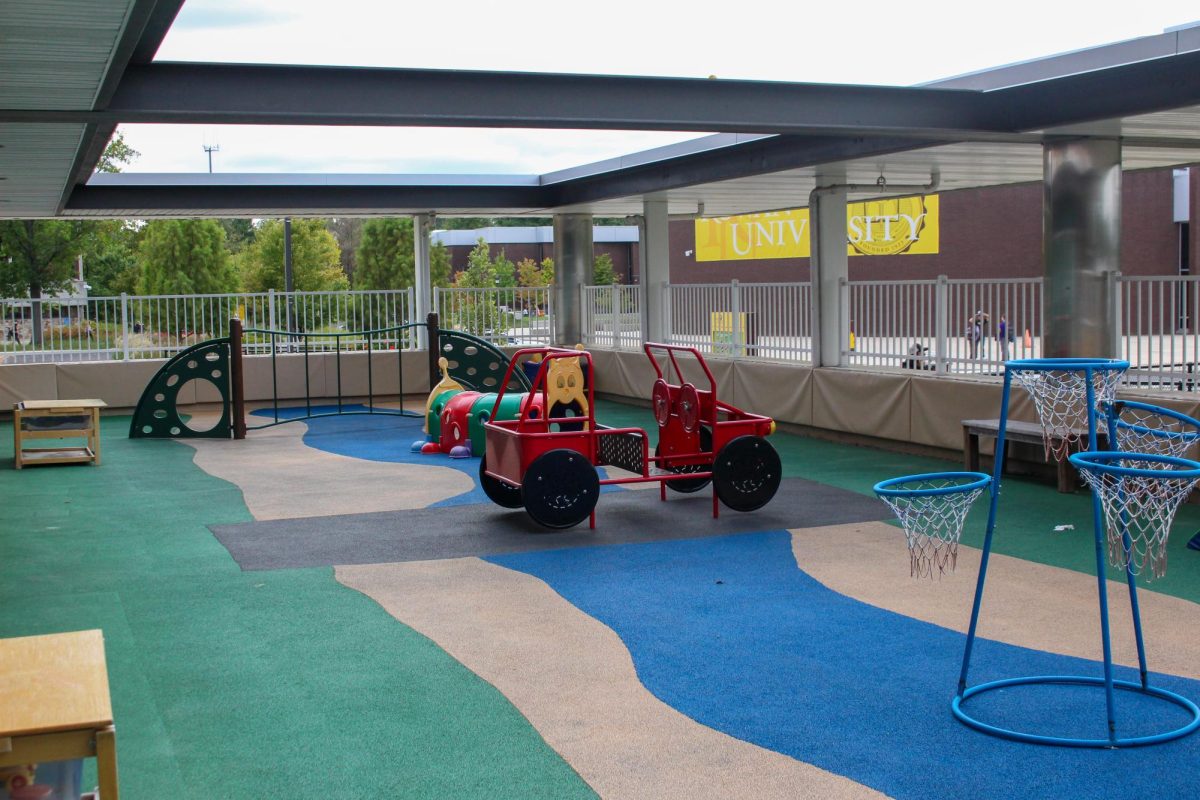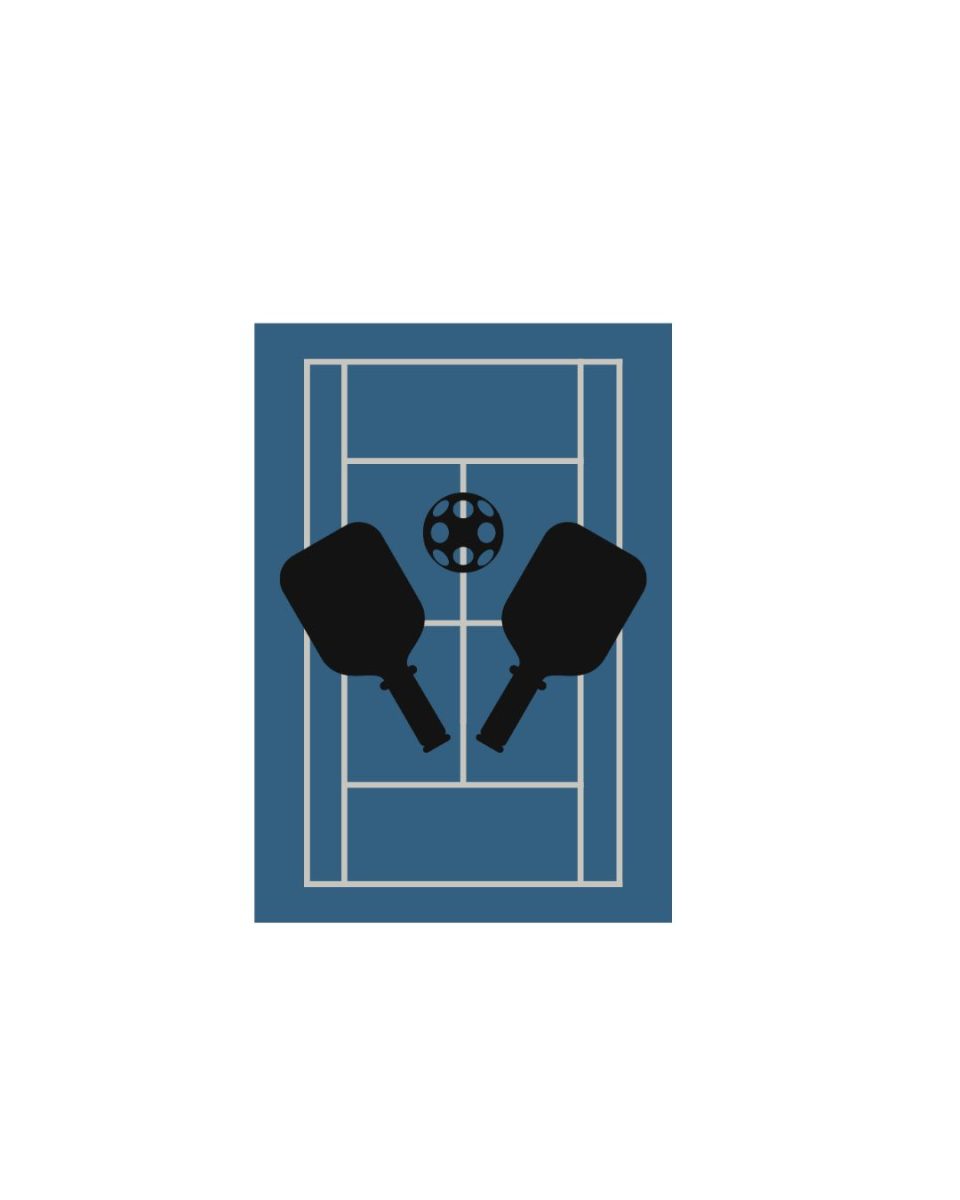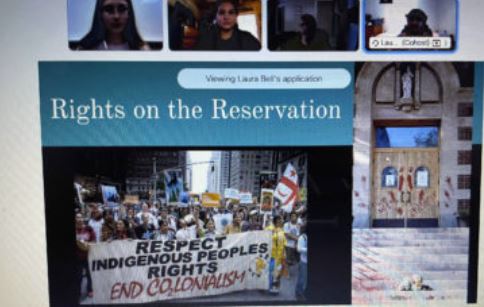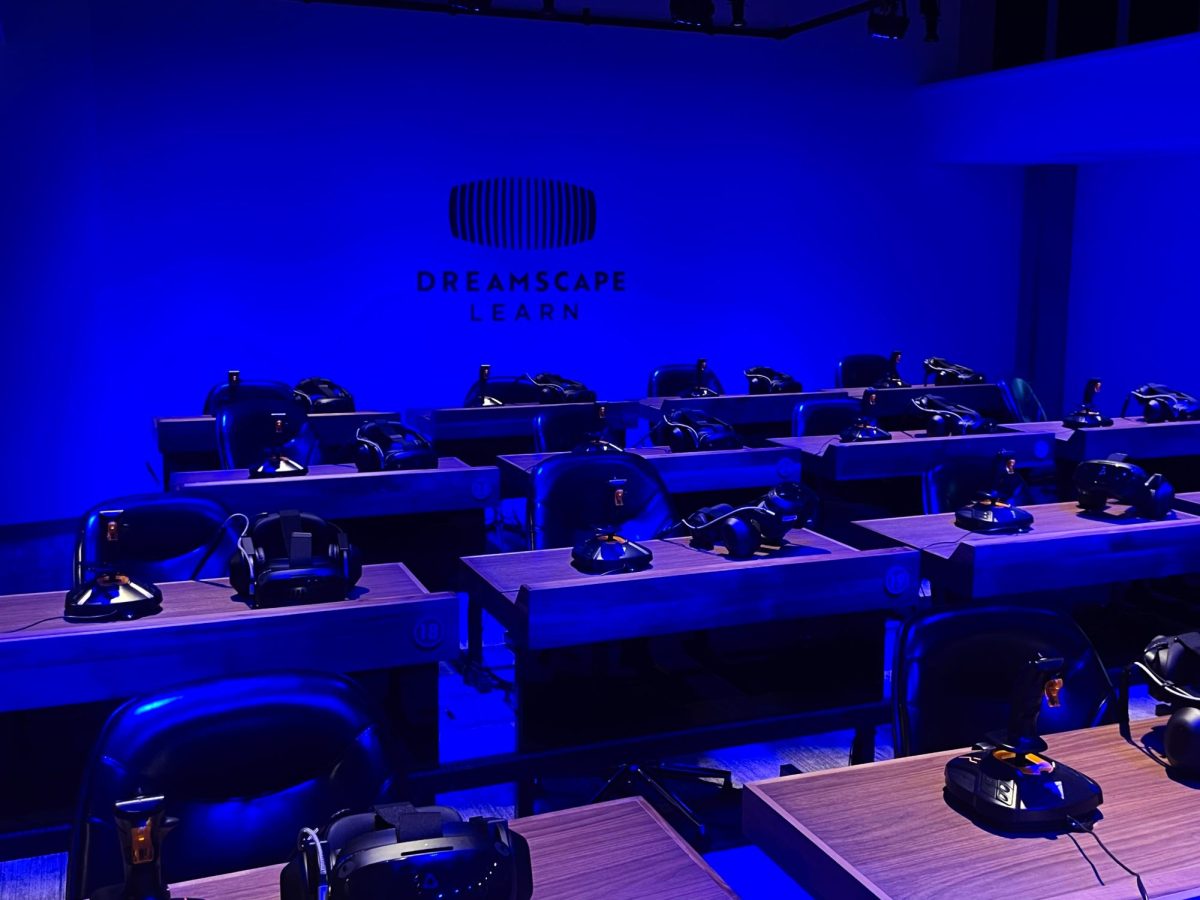Rowan’s Center for the Study of the Holocaust, Genocide and Human Rights Student Association (RCHGHR) held “Rights on the Reservation” on Wednesday, Feb. 23, to discuss the current government’s abuse of indigenous rights.
The virtual talk was run by a student-led panel by RCHGHR members Laura Bell and Brianna Dagostino. Both of these students are a part of Native tribes. Bell is a citizen of the Osage and Cherokee Tribes and Dagostino is a citizen of the Nanticoke Lenni-Lenape Tribe. They were joined by John Bell, a licensed professional counselor from Tulsa, Oklahoma. Bell focuses on helping Native people with their mental health and has twenty years of experience working with the Osage Tribe and Cherokee Nation.
The panel focused on the modern issues that Native people face in the United States and Canada.
“The reason we really wanted to do this event was because when people consider Native issues that are in the modern-day, they only really remember the Trail of Tears,” Laura Bell said. “They only really remember early colonialism, which is not accurate to the things we continue to suffer during the modern-day by governments.”
One of the largest issues that Native people face today is community food insecurity on reservations. Government subsidies claim to cover the price of importing food, but this isn’t feasible for low-income families on the reservation. A jug of Tropicana orange juice can cost around $27 and grapes around $28, as noted by pictures featured in the presentation.
“In Canada, the percentage of households that are food insecure are 11.1% white, 28.2% Indigenous off-reserve, and 50.8% Indigenous on-reserve,” Bell said.
This issue then creates an increased risk for obesity, cancer and diabetes. These medical issues are heavily prevalent among Native people.
Mental health and substance abuse are also challenges that Native communities face. Alcohol is the most commonly used drug among Native people. Dagostino’s tribe calls alcohol the “white man’s curse” for two reasons.
“It was initially brought over here by the settlers to get us Natives drunk and incoherent so they could come in and steal our food or take our supplies,” Dagostino said. “We call it the white-mans curse because it has been a generational curse as well. You see it among a lot of tribes where alcohol abuse and substance abuse is very prevalent.”
According to the American Addiction Center, nearly a quarter of Natives report binge drinking in the past month and there are not many places on reservations where those struggling with alcohol can get help.
“It is the curse that keeps on going because there are no types of programs that these people can readily get to get them off of alcohol and substance abuse,” Dagostino said.
Residential schools were funded by federal government institutions and administered by churches with the objective of educating Indigenous children. However, these schools were not what they seemed and instead were damaging to these children. Around 150,000 children were sent to these schools from reservations and there are unmarked graves of some of these children still being discovered today. The presentation further shared statistics about the unmarked graves, including those of Native American descent.
While these numbers are highly concerning, there is another aspect of it that creates even more unease. It is hard to find documentation acknowledging these schools and what happened inside of them.
“As a seasoned historian, I am used to tough acts of finding research materials. I am used to finding information accessibility. This is not an accessible topic,” Bell said. “This is actively suppressed. This is actively closed off by the governments and the governments continue to not discuss them.”
These types of schools were a source of trauma to Indigenous people. Chilocco was just one residential school in Oklahoma and, according to the Oklahoma Historical Society, was designed to dissolve tribal identity and erase Indigenous practices. Its doors officially closed in 1980.
Close to Rowan University was the Carlisle Indian School in Pennsylvania. According to the Carlisle Indian Project, students were forced to cut their hair, change their names and stop speaking Native languages. Carlisle’s doors shut in 1918, but there have been found to be186 unmarked graves of children still on the site today.
“They had witnessed all kinds of unspeakable things. They talked about it, sometimes it’s hard for them to talk about it,” John Bell said. “Even though they seem like they happened a long time ago, they really are still playing out today in 2022 with generational trauma, which leads to all the other slides we talked about.”
If viewers missed this discussion, they can still catch other presentations throughout the semester, such as the Lenni-Lenape presentation to be held on April 5, from 3:30 p.m. to 8 p.m. in the Welcome Center, Room 116, where dancers, singers and Lenni-Lenape elders will perform.
For comments/questions about this story tweet @TheWhitOnline or email [email protected].
























































































































































!["Working with [Dr. Lynch] is always a learning experience for me. She is a treasure,” said Thomas. - Staff Writer / Kacie Scibilia](https://thewhitonline.com/wp-content/uploads/2025/04/choir-1-1200x694.jpg)









































